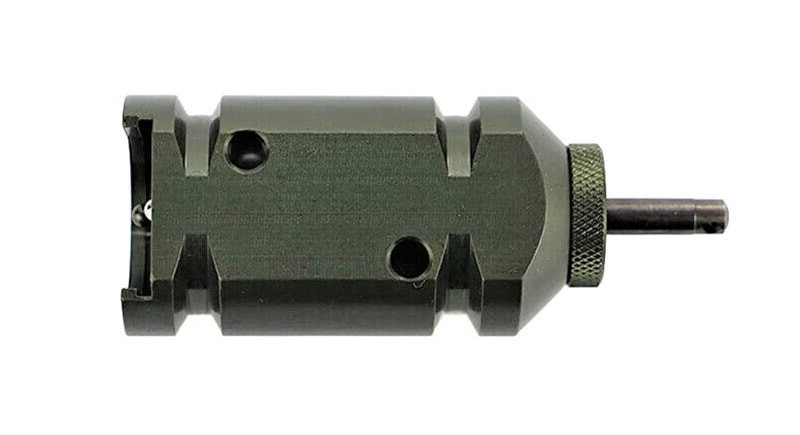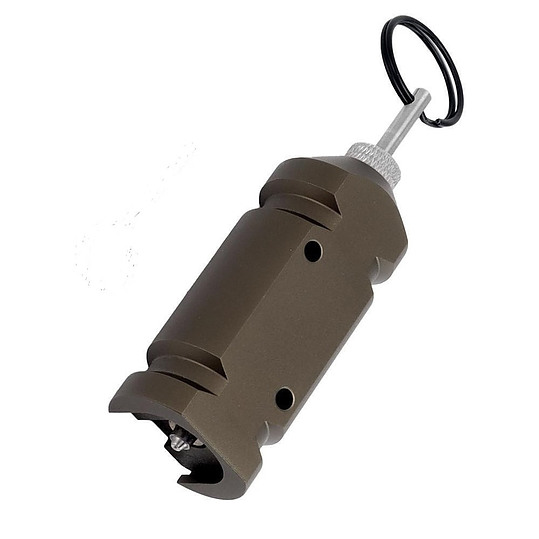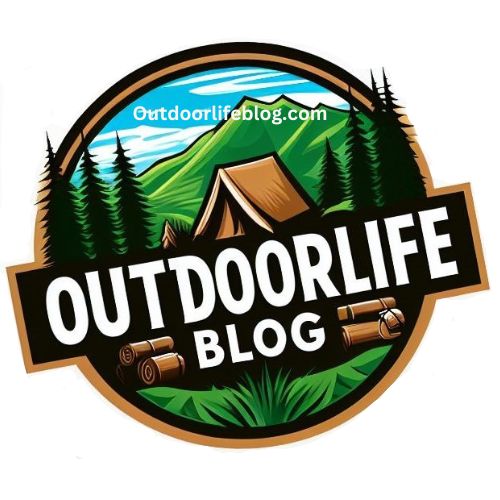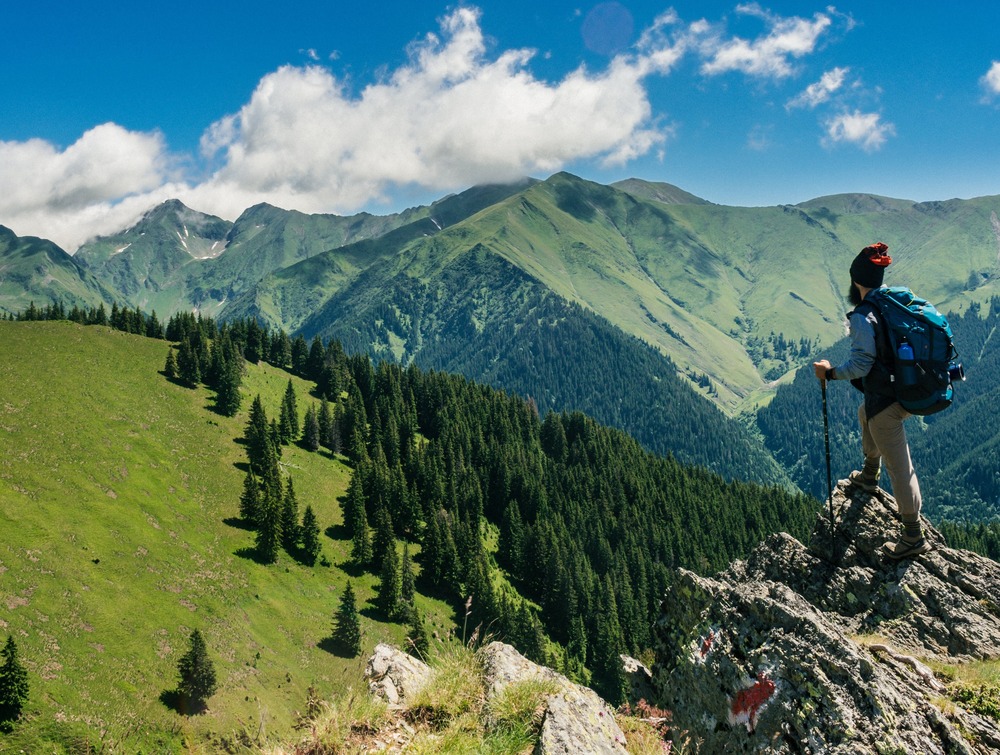When embarking on a solo camping adventure, safety should be your top priority. An early warning system is crucial in providing peace of mind and ensuring that you are alerted to potential dangers in your surroundings. This article will guide you through the process of how to set up an early warning system while solo camping. Let`s get started.
Choosing the Right Early Warning System for Your Needs
There are various types of early warning systems available, each with its unique advantages and disadvantages. When selecting the right system for your solo camping needs, consider the following factors.
Environment
The type of terrain and climate you’ll be camping in will play a significant role in determining the appropriate early warning system. For example, a tripwire system may not be suitable for a snowy environment, while an infrared motion sensor could be ideal.
Wildlife
Depending on the wildlife present in the area, you may need to tailor your early warning system accordingly. In regions with large predators, an audio-based alarm may be more effective than a visual one.
Budget
Early warning systems range in cost from DIY options to high-end, professionally designed products. Determine your budget before investing in a system.

Types of Early Warning Systems for Solo Camping
Tripwires
Tripwires are a simple and cost-effective option for setting up an early warning system. They can be made using fishing line or thin wire, and can be rigged with bells, cans, or other noise-making items to alert you to intruders. Keep in mind that tripwires should be placed at various heights to account for both small and large animals.
Infrared Motion Sensors
Infrared motion sensors detect movement by sensing changes in heat. They can be an excellent choice for solo campers, as they can alert you to the presence of animals or people in your vicinity. Look for battery-operated, weather-resistant models designed for outdoor use.
Acoustic Alarms
Acoustic alarms, such as whistles or air horns, can be triggered by movement or pressure. Some models can be linked to tripwires, while others are standalone devices. Acoustic alarms are an excellent choice for scaring away potential threats, but be aware that they may also attract unwanted attention.
Solar-Powered Security Cameras
For those with a higher budget, solar-powered security cameras offer a more sophisticated early warning system. These cameras can be set up around your campsite and will record any movement within their field of view. Some models can even send alerts to your smartphone when motion is detected.
Setting Up Your Early Warning System: Best Practices
Map Out Your Campsite
Before setting up your early warning system, take the time to map out your campsite, noting the locations of your tent, cooking area, and other essential items. This will help you determine where to place your alarms and sensors for maximum coverage.
Establish Multiple Layers of Security
When setting up your early warning system, aim to create multiple layers of security. This may involve using tripwires around the perimeter of your campsite, followed by infrared motion sensors closer to your tent. This multi-layered approach will increase the chances of detecting any potential threats.
Maintain Your Systems
Once your early warning system is in place, it’s essential to regularly test and maintain it. Ensure that batteries are replaced as needed and that all components are functioning correctly. This will help ensure that your system remains effective throughout your camping trip.
Additional Tips for Solo Camping Safety
Beyond setting up an early warning system, there are several other safety measures you should take when solo camping. Here are some helpful tips.
Leave a Trip Plan with a Trusted Contact
Before embarking on your solo camping adventure, inform a trusted friend or family member of your itinerary. This should include your expected departure and return dates, your planned route, and any significant landmarks you intend to visit. In case of an emergency, your contact will have a better idea of where to direct search and rescue teams.
Carry a Personal Locator Beacon (PLB) or Satellite Communicator
Investing in a PLB or satellite communicator can be a lifesaver in remote locations where cell phone service is unreliable. These devices can send out an emergency distress signal, alerting rescue authorities to your location in the event of an emergency.
Bring Adequate Supplies
Ensure you have enough food, water, and essential supplies to last the duration of your trip, plus extra in case of an emergency. This should include a first-aid kit, a map and compass, a headlamp or flashlight with extra batteries, and appropriate clothing for the weather conditions.
Practice Bear Safety
In bear country, take extra precautions to avoid attracting bears to your campsite. Store food, toiletries, and any scented items in a bear-resistant container or hung from a tree, at least 10 feet off the ground and 4 feet away from the trunk. Make noise while hiking to alert bears to your presence and avoid surprising them.
Follow Leave No Trace Principles
As a responsible camper, adhere to the Leave No Trace principles. This includes packing out all trash, minimizing your impact on the environment, and respecting wildlife and other campers.
Trust Your Instincts
If something doesn’t feel right or you’re uncomfortable with a situation, trust your instincts and act accordingly. This may involve moving your campsite, taking a different route, or even cutting your trip short if necessary.
By following these safety tips and setting up a comprehensive early warning system, you can enjoy a memorable solo camping experience with the peace of mind that you’re taking proactive steps to ensure your safety.

Parks Canada/Bear Safety
Conclusion
Setting up an early warning system while solo camping is essential for maintaining your safety and peace of mind. By evaluating the various types of early warning systems and choosing the one that best suits your needs, you can significantly enhance your camping experience. Keep in mind that no system you use is fool-proof, so it’s essential to stay vigilant and always follow best practices for camping safety.



